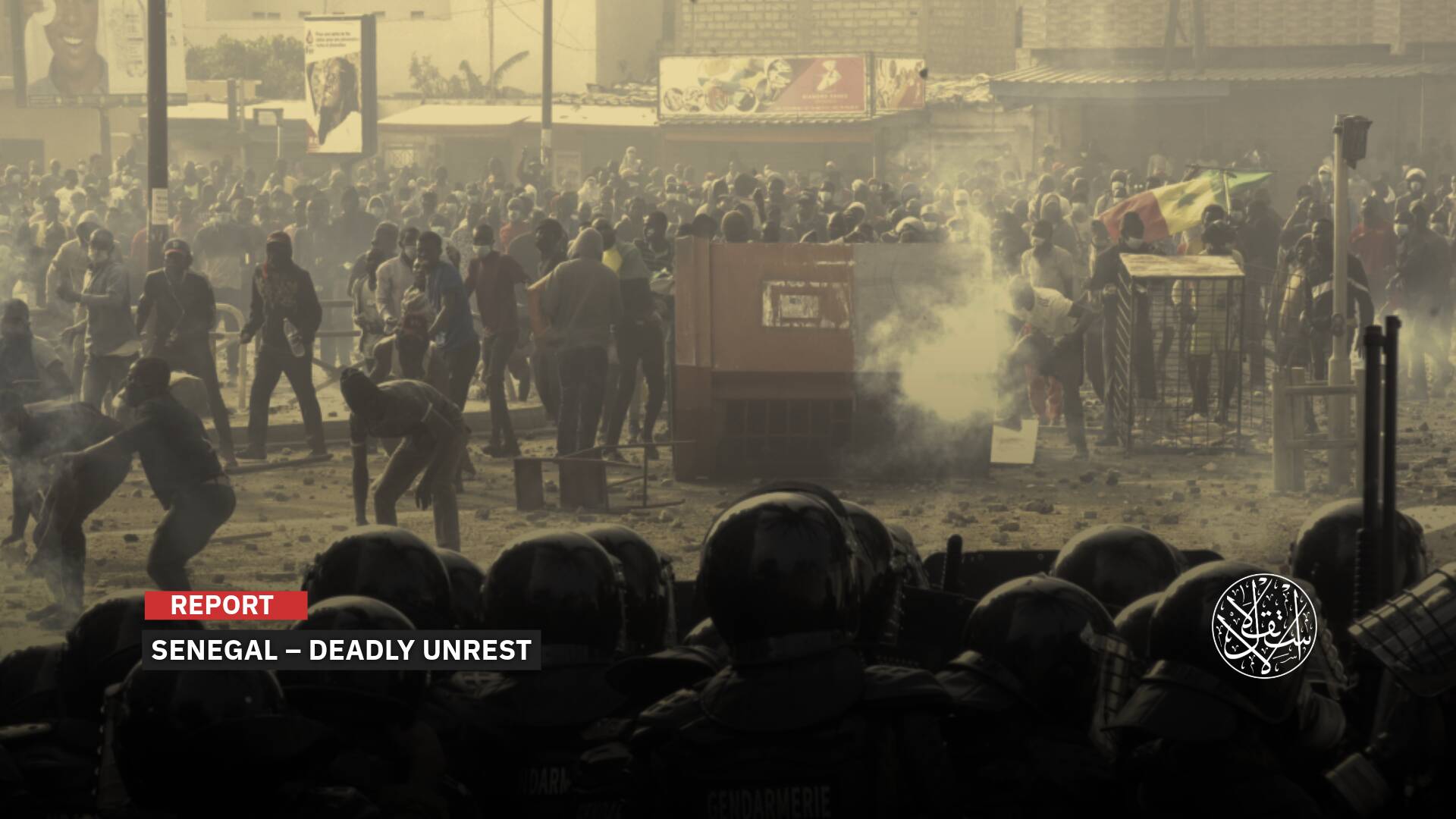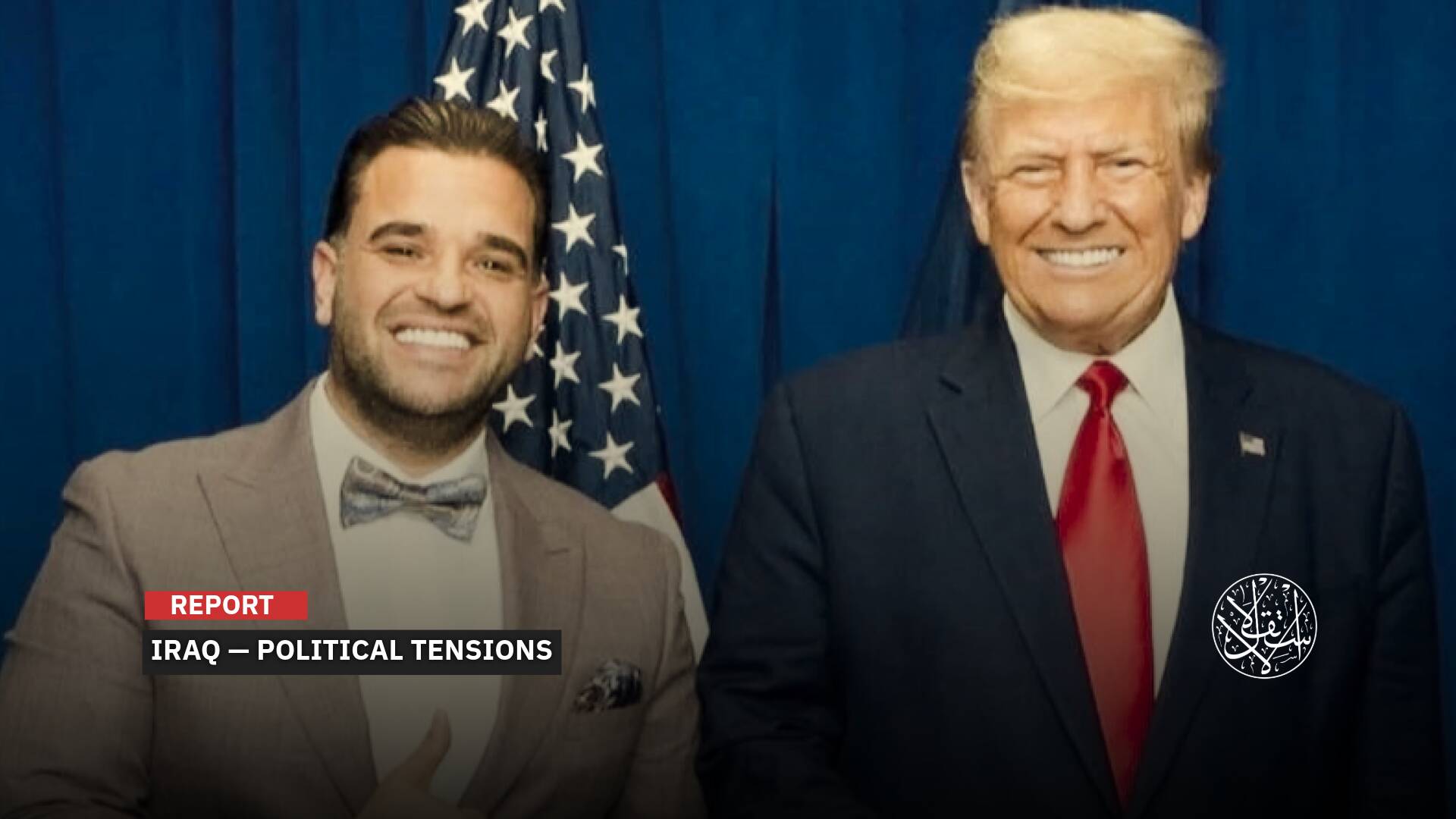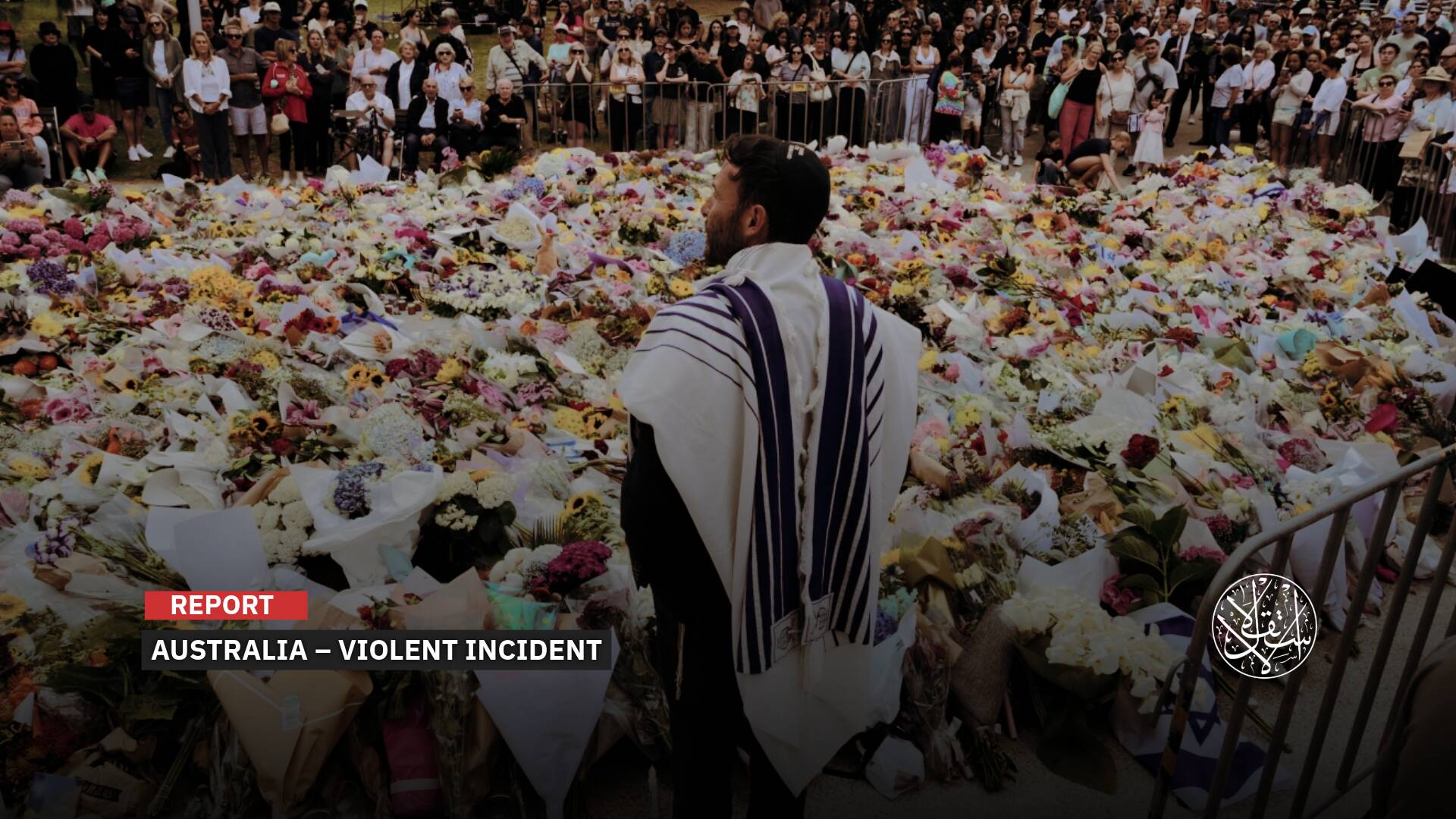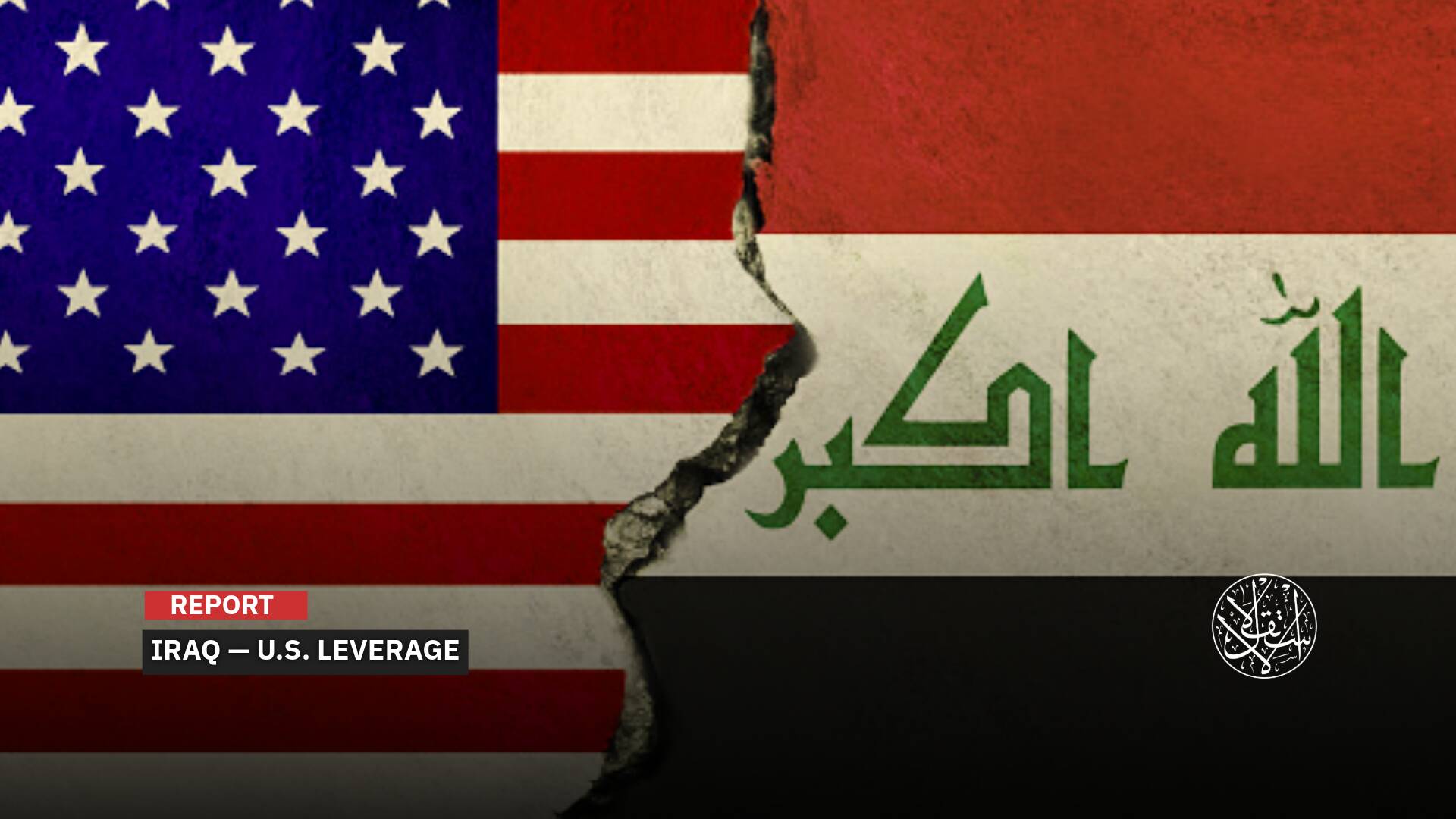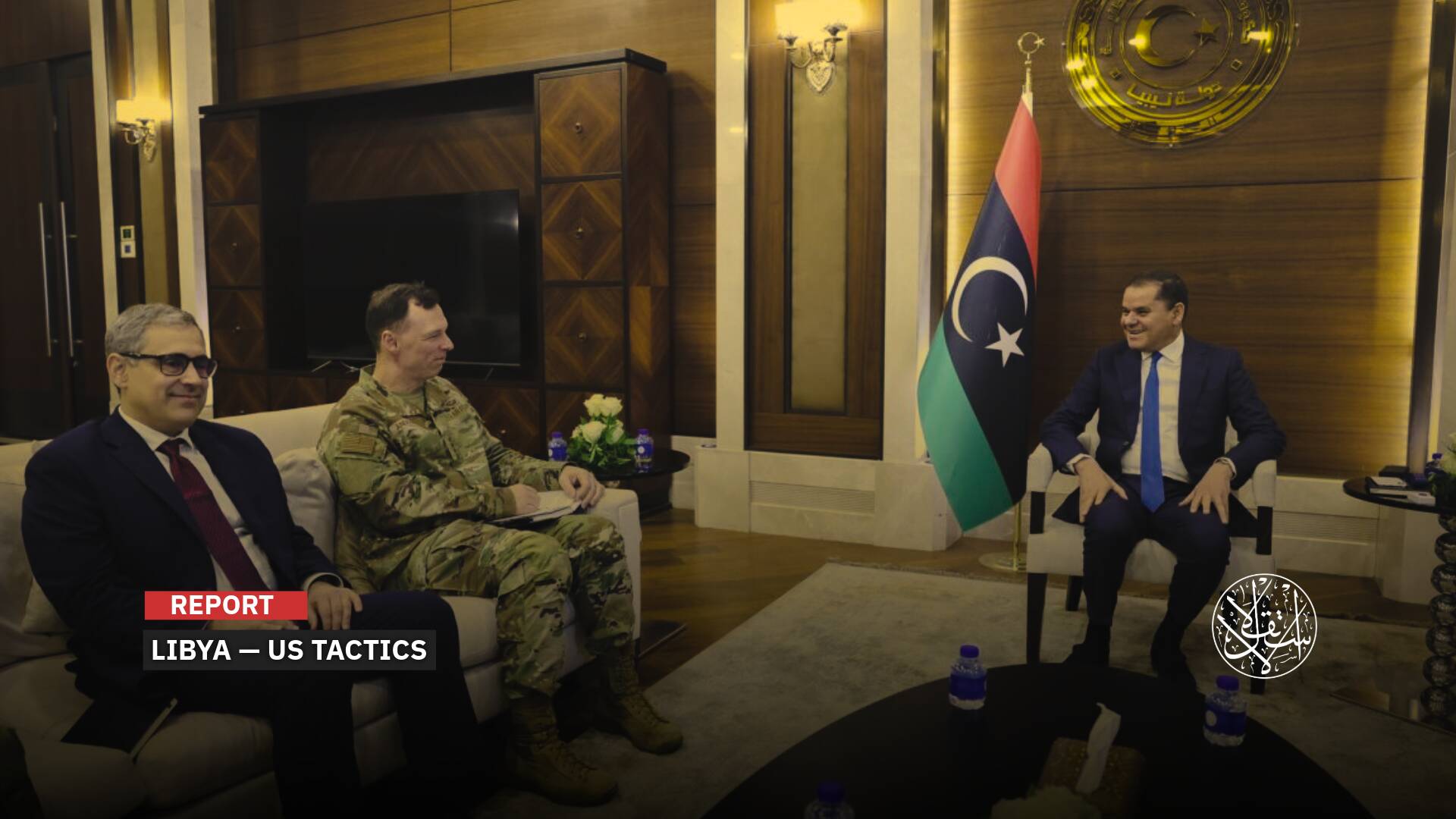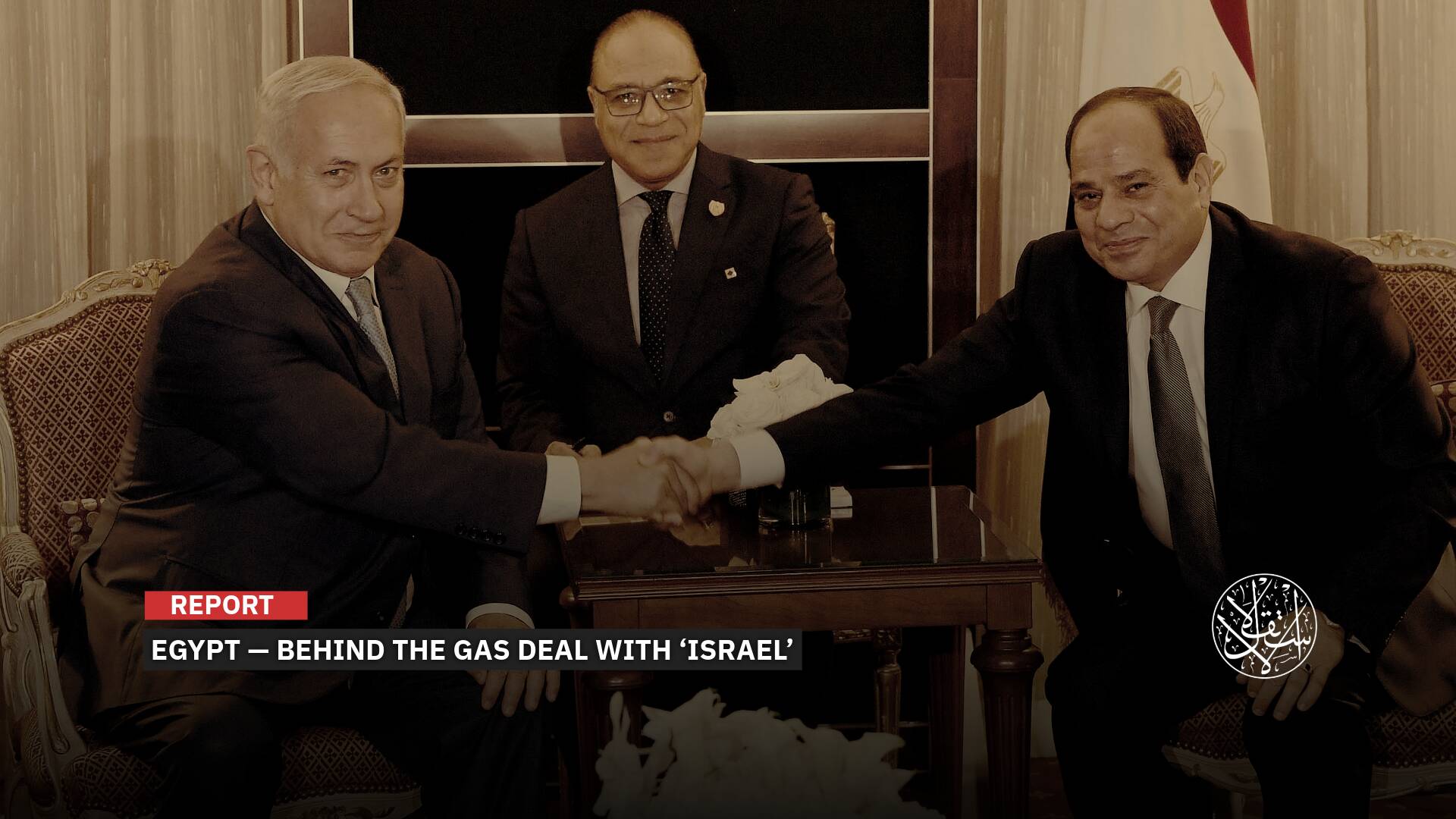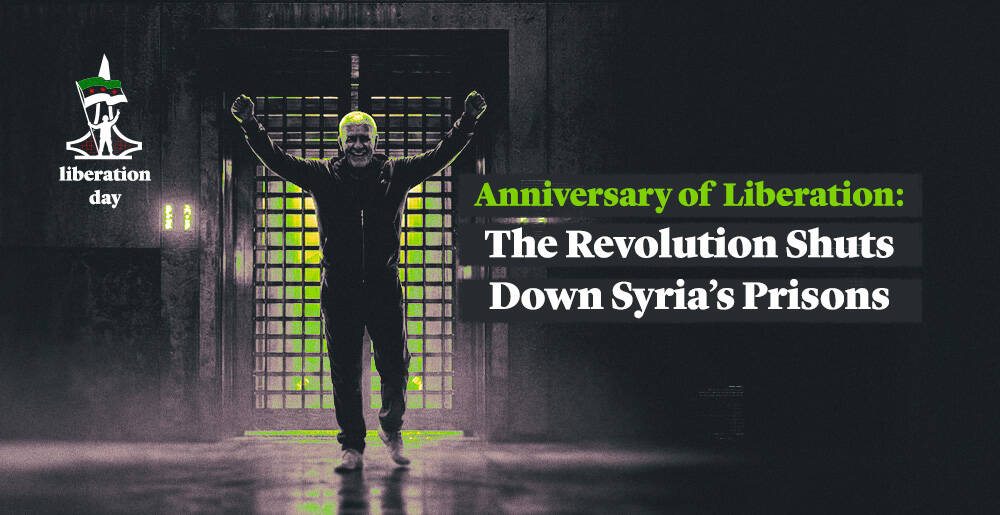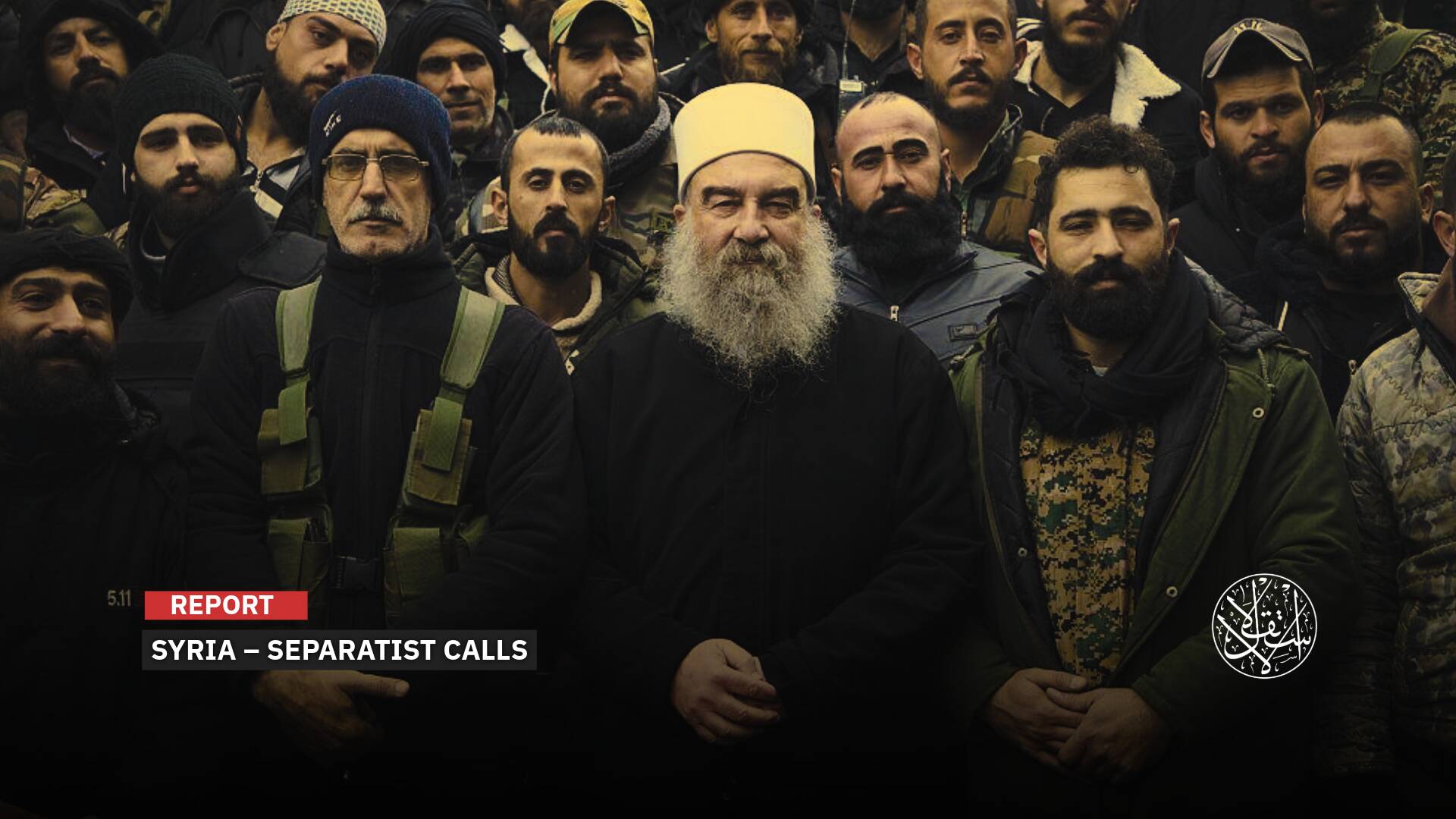U.S. Early Withdrawal from Iraq: A New Attack on Baghdad or Tehran?

Media outlets confirmed that Popular Mobilization Forces were deployed in Iraqi army camps.
As U.S. forces pull out of central and western Iraq toward the northern Kurdistan region, reports say Popular Mobilization Forces (PMF) are being deployed to Iraqi army camps, sparking speculation about potential Israeli strikes on Iran-backed Shia groups.
In early September 2024, Washington and Baghdad agreed on a plan for the withdrawal of U.S.-led coalition forces from Iraq. Under the deal, hundreds of troops were to leave by September 25, 2025, with the rest scheduled to exit the country a year later.
Since August 18, the United States has been moving coalition forces toward Erbil, with some troops sent to Kuwait and others to the al-Tanf base in Syria. These redeployments have sparked concerns in Iraq about possible Israeli strikes on the factions.

Absence of Deterrence
Amid the partial U.S. withdrawal from Iraqi territory, “Israel’s” Kan channel reported on August 25, 2025, that Iraq had begun field preparations for possible Israeli strikes targeting Iran-aligned factions.
The report said the U.S. drawdown, carried out without prior notice to Baghdad, unsettled Iraqi political forces. They were caught off guard when heavy equipment was moved from the Ain al-Asad base in western Iraq to other locations, prompting factions to brace for direct Israeli attacks.
The channel noted that since the war on Gaza broke out in October 2023, Iran-linked Iraqi factions had launched several attacks on “Israel.” Still, the Israeli Occupation held back, unlike in other regions, because the U.S. presence in Iraq acted as a strong deterrent.
It added that the gradual U.S. pullback has reignited internal debate over disarming the factions, as their Iran-backed political allies push for legislation legitimizing their presence through the Popular Mobilization Forces law, which Washington strongly opposes.
These factions have recently advanced a bill to fold the Popular Mobilization Forces into the formal military structure with broad security and organizational powers. Washington rejects the move, warning it would entrench Iranian influence and armed groups, undermining Iraq’s sovereignty.
Meanwhile, the U.S. Embassy in Baghdad denied on August 29 that American forces planned a full withdrawal from the capital, calling such claims inaccurate.
An embassy statement cited an unnamed spokesperson saying that, under the September 27, 2024 agreement setting the timetable to end the coalition’s military mission in Iraq, the Combined Joint Task Force is proceeding with its transition as planned.
The spokesperson said this represents a natural evolution of the coalition’s mission toward a more traditional bilateral security relationship, while details of military planning remain under the purview of the Pentagon.
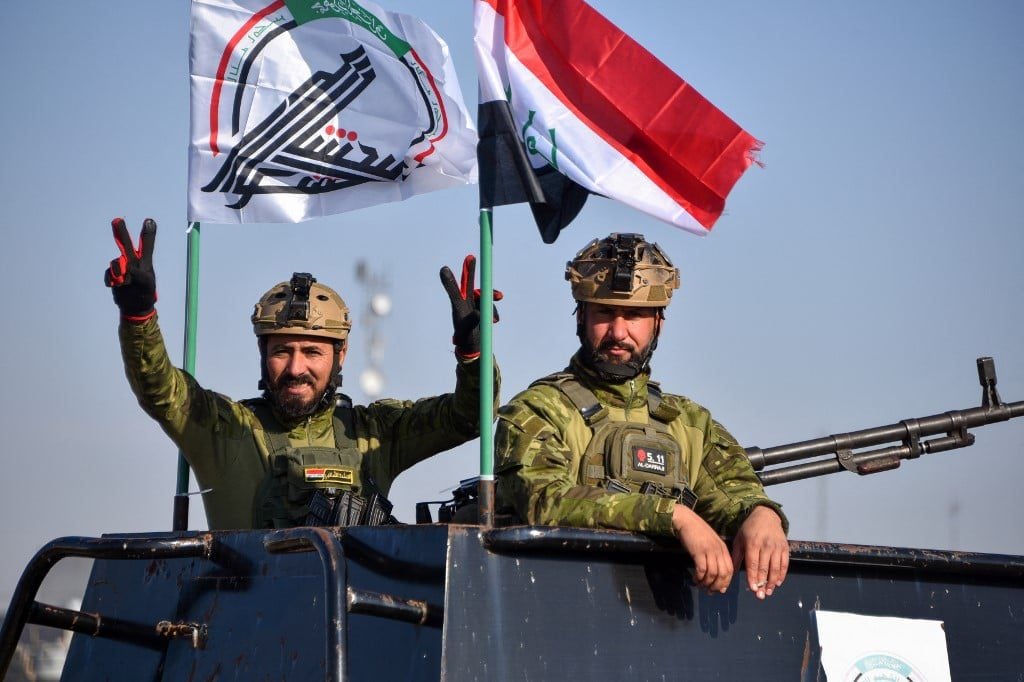
Repositioning
While “Israel’s” Kan channel did not specify how Baghdad was preparing for potential Israeli strikes, Iraqi media reported orders to deploy Popular Mobilization Forces fighters inside army bases.
Al-Rasheed TV said on August 26, citing unnamed sources, that PMF members had been transferred and distributed across Iraqi army units, with strict instructions not to act outside military orders.
The sources added that the ruling Shiite Coordination Framework believes the U.S. withdrawal from certain areas may be part of a plan to reshape military and political influence within Iraq.
Iraqi political analyst Hussein al-Taee said the redeployment of Popular Mobilization Forces is a means of formalizing the armed factions within the state.
At the same time, he noted, it could also reflect political and security pressures forcing them into gradual integration with the military, effectively reducing their independence over time.
In a televised interview on August 26, al-Taee argued that U.S. and Israeli Occupation pressure directly influenced the PMF’s decision to comply with Iraqi leadership and avoid unilateral actions.
He said the PMF’s current directives, dispersing its fighters across army bases, are aimed at removing pretexts for strikes on its facilities and ensuring its survival within politically and militarily acceptable limits.
Al-Taee stressed that the PMF now needs greater calm and focus within official state institutions. He described the redeployment as a tactical move to reduce risks and shield the groups from airstrikes.
On the other hand, al-Taie said, the move reflects a practical recognition that the era of operating independently outside the state has ended and that the factions’ role is now subject to central authority rather than their own discretion.
He noted that the current direction within the PMF is toward centralized decision-making and deeper integration with state institutions.
This dynamic, he argued, opens the door for the government to strengthen its sovereignty as Iran’s influence in the region declines, which in turn could weaken the role of factions tied to Tehran.
Al-Taee stressed that this moment offers the Iraqi government a chance to rebuild its security institutions on a national foundation, free from cross-border loyalties. He added that the reduction of Iranian influence in the region could have positive effects on the independence of Iraq’s decision-making.

A Preemptive Step
Iraqi political analyst Laith al-Douri said the U.S. decision to begin pulling out troops nearly a month ahead of schedule signals a looming military threat, given that the presence of the international coalition has provided Iraq with protection against external attacks.
Speaking to Al-Estiklal, al-Douri said he expects airstrikes against Iraq targeting the Popular Mobilization Forces, whether by “Israel” or the United States. He warned that sudden, devastating attacks on these Iran-backed groups may be imminent, aimed at weakening or ending Tehran’s influence in the country.
According to al-Douri, such strikes could also serve as a prelude to a new offensive against Iran itself. In this context, “Israel” and the U.S. may seek to neutralize pro-Iran factions in Iraq that could target American or Gulf interests.
“Redeploying PMF fighters inside Iraqi army camps is essentially a measure to shield them from these possible strikes, especially since the Iraqi government has yet to issue any official denial of these moves,” he said.
Israeli Prime Minister Benjamin Netanyahu declared on August 12 that Tel Aviv remains on constant alert for a potential Iranian surprise attack. On the same day, Foreign Policy suggested “Israel” may launch a new attack on Iran before December 2025, noting that Tehran is aware of such intentions and is preparing a long-term strategy, including timing missile attacks.
Former Iraqi Foreign Minister Hoshyar Zebari warned in a TV interview on August 11 that the repercussions of June 2025’s 12-day Israeli-Iran war are far from over. He warned that global and regional dynamics point to the risk of new clashes in September, with possible implications for Iraq’s elections set for November 11.
On March 18, Iraqi Foreign Minister and Deputy Prime Minister Fuad Hussein revealed that Baghdad had received warnings of Israeli plans to attack Iraq. He said contacts with the U.S. and other countries had helped defuse the immediate risk of escalation.
Sources
- U.S. Embassy: Reports of Complete Troop Withdrawal from Baghdad Tomorrow Are Inaccurate [Arabic]
- U.S. Withdrawal and Regional Buildup: Iraq at the Center of High-Stakes Possibilities [Arabic]
- Foreign Policy: A Second Iran-Israel War Could Break Out Before Year’s End [Arabic]
- Iraq: Talks with the U.S. Averted Israeli Strikes on the Country [Arabic]


